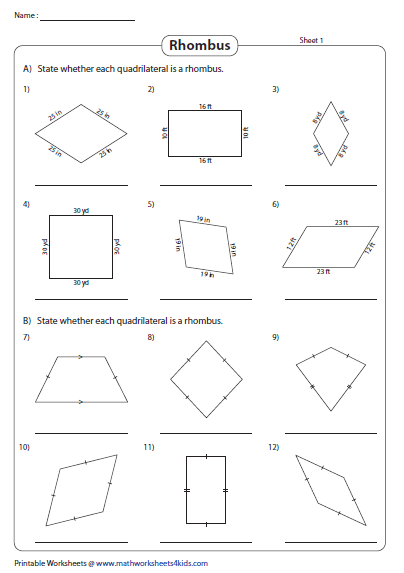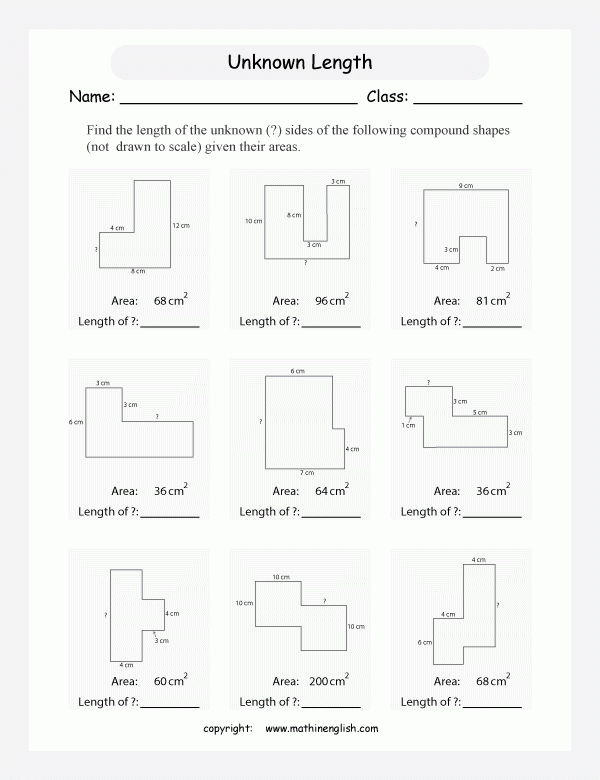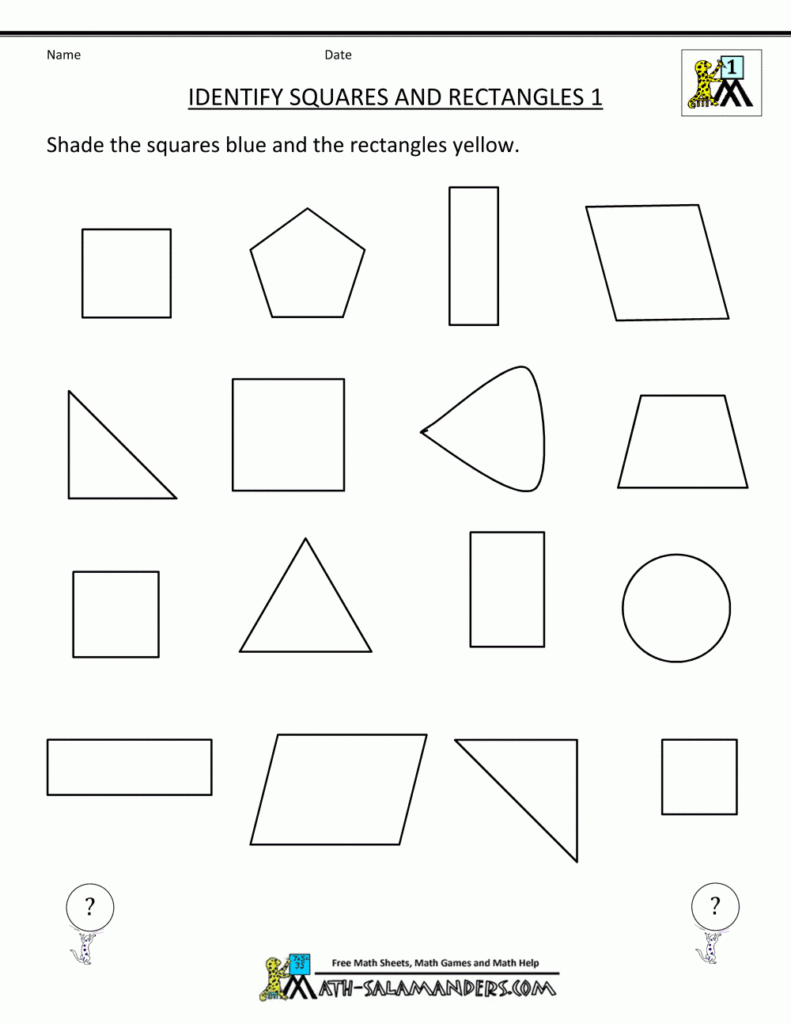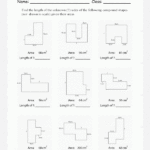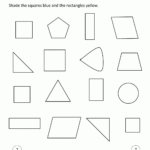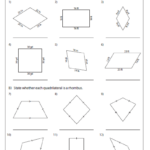Area Rectangles Triangles Parallelograms Trapezoids Worksheet Answers – Triangles are one of the most basic shapes found in geometry. Understanding triangles is vital to studying more advanced geometric concepts. In this blog post we will look at the various kinds of triangles that are triangle angles. We will also explain how to calculate the areas and perimeters of a triangle, and present illustrations of all.
Types of Triangles
There are three types that of triangles are equilateral, isosceles, as well as scalene.
- Equilateral triangles are made up of three equal sides and are surrounded by three angles of 60 degrees.
- Isosceles triangles have two equal sides , and two angles.
- Scalene triangles come with three different sides and three angles.
Examples of each kind of triangles will be given.
Triangle Angles
There are three angles in a triangle: acute, right, and obtuse.
- Acute angles are less than 90 degrees.
- Right angles are 90 degrees.
- Obtuse angles can be greater than 90 degrees.
Examples of each angle will be provided.
Perimeter of Triangles
The perimeter of A triangle is defined as the sum between the longest lengths it has on each side. To calculate your perimeter within a triangle you add up the lengths of its three sides. The formula for calculating the perimeter of a triangle is:
Perimeter = Side A + Side B + Side C
A few examples of how to determine the perimeter of the triangle will be presented using various types of triangles.
Area of Triangles
The area of a triangle is the area of space within the triangle. To determine the size of a circle, you need to know the length of the base, as well as the hight of the triangle. The formula for the surface of triangles is:
Area = (Base x Height) / 2
A few examples of how to calculate the area of a triangle will be provided with different kinds of triangles.
Conclusion
Understanding triangles is an essential component of learning the basics of geometry. Understanding the different types of triangles, angles, as well as the best way to calculate the length and width of a triangle will help you to solve more complex geometric problems. Utilizing our extensive triangle worksheets, we can help you improve your understanding of these fundamental concepts and take your geometry proficiency to the next stage.
